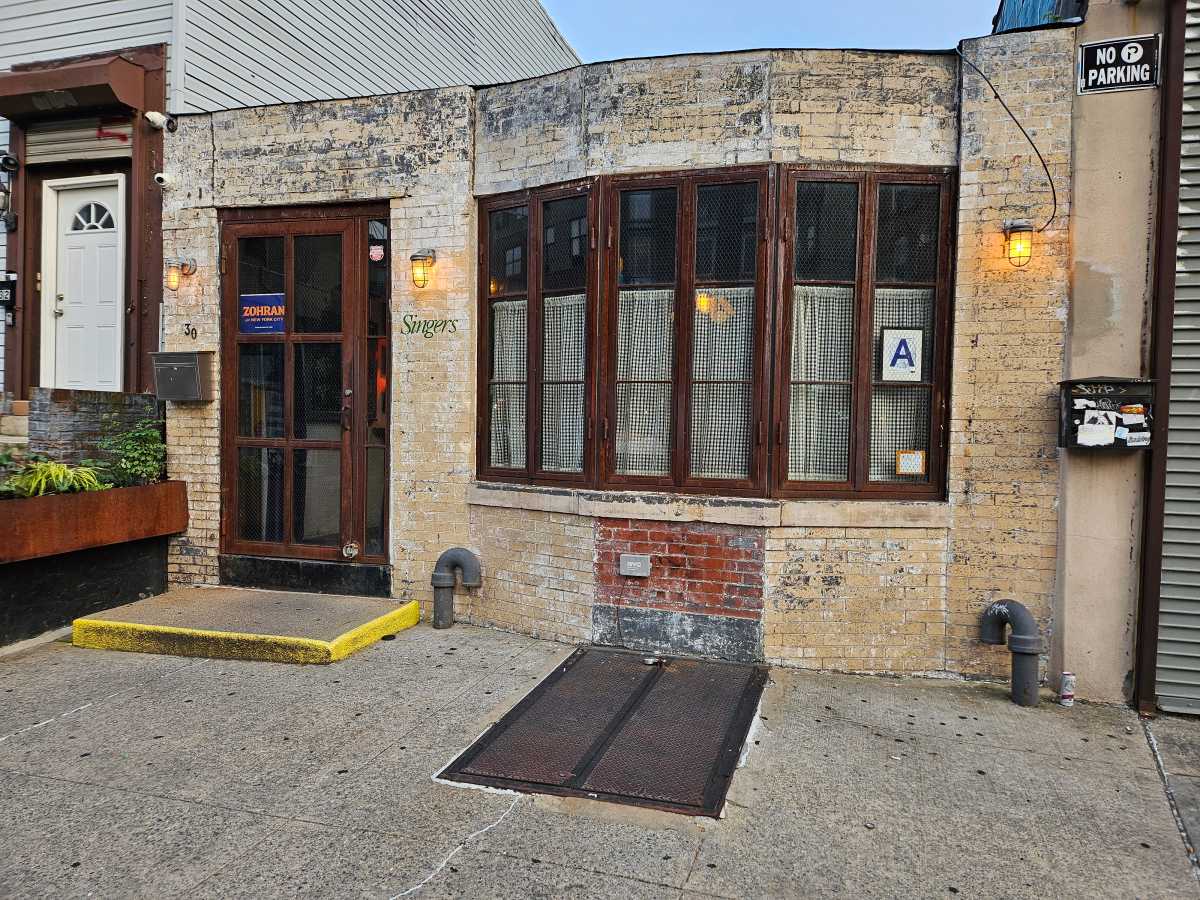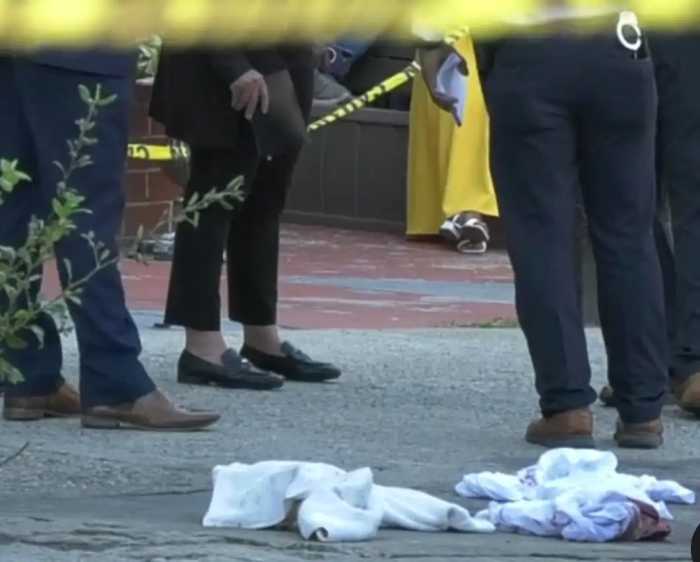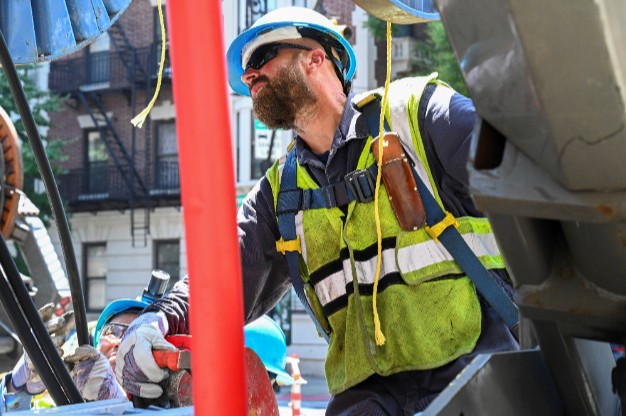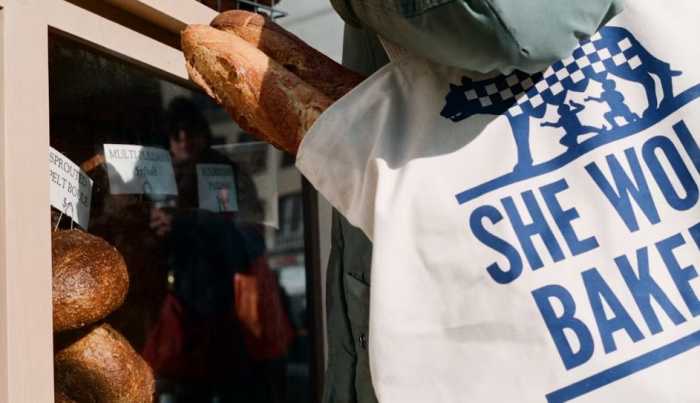By Caitlin Eichelberger
The W. 15th St. 200 Block Association has successfully requested the removal of banners posted on their residential block.
Two weeks ago, residents of the Chelsea street awoke to lamppost after lamppost adorned with vinyl banners promoting New York City tourism. A week later, the block association sent a letter to local Councilmember Christine Quinn requesting her office’s assistance in removing the ads, and within a week, the banners were taken down as quietly as they were posted.
Quinn’s office successfully aided the association in removing similar banners three years ago, said Danielle Discerbough, a legislative aide in Quinn’s office. This time around, the banners were brought down just as quickly. Acting as a liaison between the community and the Department of Transportation, the agency with jurisdiction over signage on streetlights, Quinn’s office notified the office of Iris Weinshall, D.O.T. commissioner, of the community’s concerns.
According to Discerbough, the commissioner’s office first cited the banner law, which permits banners on the lampposts of any street — even those that are landmarked — but also offered to examine the situation more closely following a more specific description of the types and locations of banners.
Ten days after the block association’s letter was sent to Quinn’s office, the banners were gone. Discerbough said her last communication with D.O.T was her response detailing the banners’ type and location as requested.
D.O.T. removed the banners “because the block association had spoken and felt that it wasn’t right for their block,” said Craig Chin, a D.O.T. spokesperson. When a community is concerned, “we take that into consideration,” he noted.
Stanley Bulbach, head of the block association and a 36-year 15th St. resident, said the block is pleased with the outcome, but that “it’s part of a larger policy problem in our estimation. No one has really resolved the legality or policy [regarding the banners],” he pointed out. “The city, upon hearing community response, might temporarily respond.”
Bulbach said the block association’s beef wasn’t with the tourism industry, but rather with the privatization of public space. “We applaud the development of tourist industry in the city over recent years,” he said. “But tourists don’t come here only to see endless advertising. They can stay home and see that garbage on TV. Tourists come to see our neighborhoods and their historic and cultural values. And it’s getting very hard to [see] those values on our street with the tidal wave of city-sponsored and city-permitted advertising.”
According to the association, the banners were the latest in a slew of advertisements bombarding their block. “We’re under siege from so many things,” Bulbach said. “We feel like we are swamped.”
An orange billboard along the scaffolding at Eighth Ave. and 15th St. advertising a Treo, the latest handheld personal digital assistant, or P.D.A., from Palm, is drawing criticism, as well. The ad, two-thirds of a block long, is across the street from where an equally huge Infinity automobile ad was pasted until being removed shortly after Assemblymember Scott Stringer and State Senator Tom Duane held a press conference in front of it denouncing illegal advertising on scaffolding.
Aside from informally discussing the problem, the block association has not yet taken any official steps regarding the Treo billboard. A formal letter like the one written in complaint of the banners is in the works, Bulbach said, and the issue will be on the agenda of the association’s upcoming November meeting. Unlike the banners, the billboards are policed by the Department of Buildings rather than D.O.T.
The discussion of the matter is ongoing. The issue was slated for the agendas of both the October meeting of the Coalition of Chelsea Block Associations and the November meeting of the Chelsea Village Partnership, Inc.































